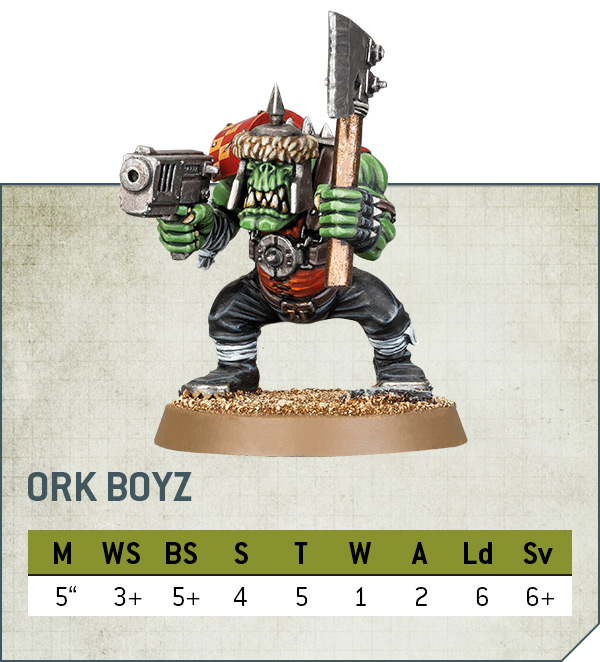I don't like Armor Class in D&D. I certainly like ascending rather than descending, but I don't like the ambiguity that comes about in actual play. Here's an example (and at the end, some proposed rules.)
Let's assume our d20 character, Cory, has an AC of 15, from a combination of armor and dexterity modifiers.
A skeleton archer attacks. The roll is a 14. The system informs us that the attack has missed. But why?
We know that Cory has a little more dexterity than average, maybe they stepped out of the way.
We know that Cory has armor, maybe the armor served to deflect it.
Maybe the skeleton archer just sucks at aiming. Certainly possible as well.
Many d20 systems will inform you that this is where the Referee equivalent -- or the player -- get to fill in the blanks that the system leaves out. I'm not a big fan of this. Not all players want to fulfill this role, and it only takes a few to turn the "hit or miss exposition" completely off, or to make it feel forced.
There's a game that does explain what happens pretty well though. I've played it for years. Well, a series of games, produced by a company called Games Workshop -- among them Warhammer, Warhammer 40,000, and Mordheim. It's probably no secret that I collect these miniatures and play these games. I have used them alongside miniatures from Hasslefree for my LotFP and D&D games for years. |
| My buddy's Warhammer 40,000 miniatures on the board |
A Warhammer dude effectively has 1 HP.
They
must roll to hit (the weapon skill of the attacker versus the weapon
skill of the defender; or, in later editions, a simplified 4+ or the
like, regardless of the defender), then roll to wound (strength of the
weapon or attack versus the toughness of the defender) and then the
defender may get an armor save (that may be negated by extra powerful
attacks, or replaced by some sort of supernatural "invulnerable save" if
you have plot armor.) So, three quick rolls which determine the fate of
combat. Warhammer is a miniature wargame with dozens of models on both
sides, with handfuls of dice being thrown to resolve combats between
entire squads of soldiers. It's simplicity is similar to Chainmail and
the original D&D style of play. It has a sort of speed and elegance
that explains the combat much better than what D&D has become.

If a character is hit, they have a chance to negate that damage by rolling an armor save equivalent to the AC they would have had.
When a character attacks, simply roll to hit, using the to-hit score attributed to their attack bonus. A success triggers a damage roll and a saving throw from the opponent.
When all of these rolls are made, you'll know exactly why your attack succeeded or failed!
Armor Save to AC Conversion Chart
Hit Roll to Attack Bonus Conversion Chart

Hmm. Three rolls instead of two to resolve a single attack and its effects? Well, I suppose that's better than four rolls (which would have been 1st and 2nd edition 40K).
ReplyDeleteCurrently playing AD&D ("1E") which is derived from OD&D which is derived from Chainmail...the latter a wargame system that simply used a SINGLE roll to resolve whether or not a figure was removed from the game (roll attack vs. armor type and remove piece if successful).
Understanding the evolution of the rules makes the system understandable. PCs are heroes, not nameless/faceless ranks in the military...as such, they have a pool of damage to represent their luck and skill, much like the pulp fantasy characters that provided inspiration for the game. MAYBE they'll die...or maybe they won't (but eventually their luck will run out).
Will adding additional systems make your game play better?
That's not meant to be a jab. I've tried many different system "fixes" over the years, with varying degrees of success. At this point, I use straight AD&D withOUT the weapon vs. AC modifiers (these were originally 'ported from Chainmail and are nonsensically punitive as the descending AC already accounts for difficulties in inflicting killing blows). What the system represents...and what it MODELS...is the best of the various editions while allowing a higher rate of survival for the player characters, while continuing to keep combat "risky."
This helps game playability.
WH (at least WH40K, which I used to play a LOT) is fast and furious because you can just pick up a cup and roll a ton of D6s and resolve a barrage of boltguns/arrows/HTH attacks in a very easy, convenient manner. It's about maneuver and match-up. But D&D (in any edition) isn't about that, and the system is more complex and the options for players (and monsters) are more detailed.
Is your game only about combat? Is that where you want the emphasis?